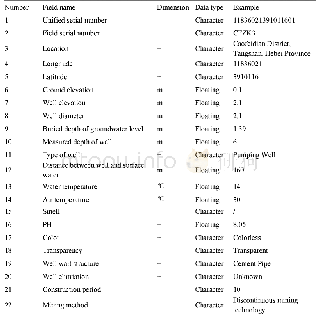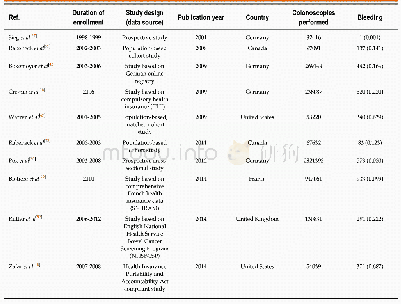《Table 1.A summary of observation information taken from Chandra data archivea.》
 提示:宽带有限、当前游客访问压缩模式
提示:宽带有限、当前游客访问压缩模式
本系列图表出处文件名:随高清版一同展现
《Physical parameter estimation with MCMC from observations of Vela X-1》
ahttp://cda.harvard.edu/chaser/dispatch Ocat.do.
The datasets of Vela X-1 used in our analysis were observed with the Chandra HETG/ACIS-S–the High-Energy Transmission Grating/Advanced Imaging Spectrometer,during three different orbital phases centered on Eclipse,φ=0.25andφ=0.5 in 2001,with Chandra Obs IDs 1926,1928 and1927,respectively.The observation and instrument details can be found in Ref.[24],Ref.[22]and G04.Table 1summarizes the observation dates and exposure times.The full datasets including counts spectra,ancillary response files(ARFs),and redistribution matrix file(RMFs)are all obtained from public archive Transmission Grating Catalog and Archive(TGCat)1.Only the first-order events of the high-energy grating(HEG)data are used in our analysis.The data of positive and negative spectral orders are combinedto decrease the error bars of observation.Flux correction was done with the Interactive Spectral Interpretation System(ISIS,version 1.6.2-30)2for the observed data to have the same dimensions as the models and to improve the agreement with physical predictions.The background for the observations is not measured independently,which is difficult to be resolved from the source of interest.Practically,the background could be subtracted from the observation signals,as was done in W06.But it is treated as a correction of observation error in the present work because subtracting the background could cause loss of useful signals.
| 图表编号 | XD0027422600 严禁用于非法目的 |
|---|---|
| 绘制时间 | 2018.06.30 |
| 作者 | Lan Zhang、Feilu Wang、Xiangxiang Xue、Dawei Yuan、Huigang Wei、Gang Zhao |
| 绘制单位 | Key Laboratory of Optical Astronomy, National Astronomical Observatories, Chinese Academy of Sciences、Key Laboratory of Optical Astronomy, National Astronomical Observatories, Chinese Academy of Sciences、School of Astronomy and Space Science, University o |
| 更多格式 | 高清、无水印(增值服务) |





